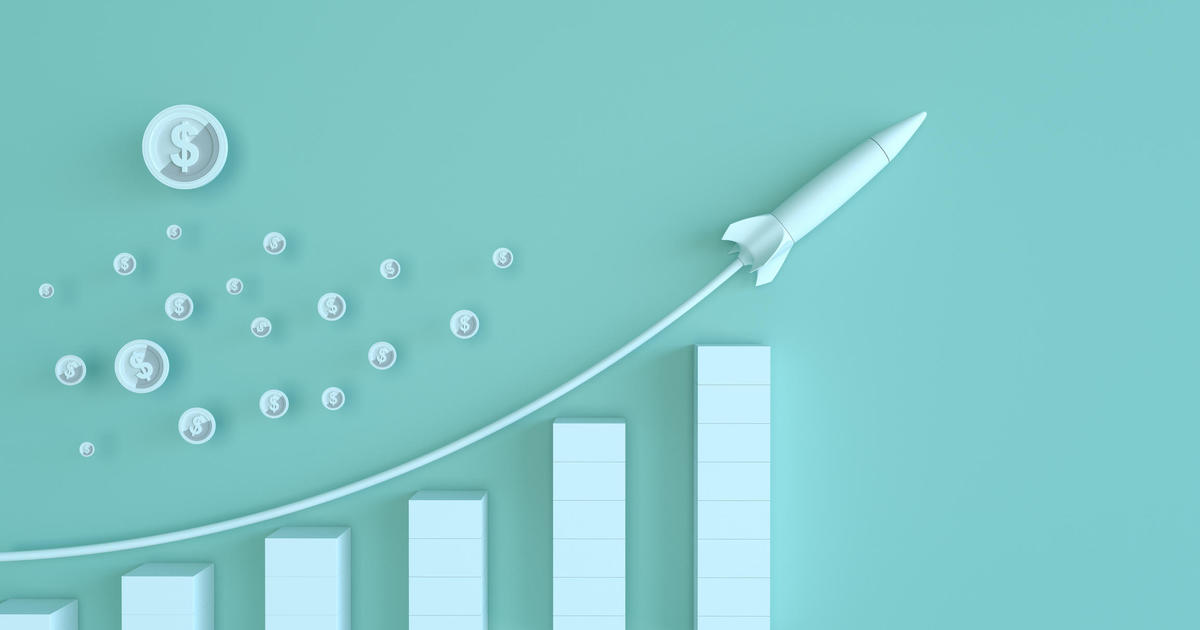How to invest for an early retirement
Trying to save money in this high-cost environment can be difficult. However, some people who cut back on their spending realize that they can get by with less than they thought they needed. In fact, some people even realize that they can save and invest enough to afford an early retirement.
That's not to say that early retirement is easy to achieve, but you also don't have to be earning millions of dollars per year to accomplish this goal. If you have low expenses, for example, then you don't need as much retirement income.
Still, you likely need to save and invest relatively aggressively to retire early. To build enough retirement savings, there are multiple moves to consider, including proper investing techniques. Not sure how much you need invested for an early retirement? Start by reviewing your investment options here to determine an exact figure.
How to invest for an early retirement
Here are five effective ways to invest for an early retirement.
Count your expenses
Before you can figure out how much to invest for retirement, it helps to think about what your retirement expenses will be. That way, you can calculate how much your retirement savings need to grow, which can affect variables like your savings rate and the types of investments you choose.
"Figuring out how much money you need to save for retirement doesn't have to be laced with advanced math and endless assumptions. Many families can get a simple estimate of what they'll need by multiplying their current annual spend by the number of years they expect their retirement savings to last, then subtracting any annual income expected, such as Social Security benefits or pension payments for the years those will apply," says Mark Nicholas, certified pension consultant (CPC), founder, Transform Retirement.
These calculations likely resemble regular retirement planning.
"There is not much difference in calculating early retirement vs. later retirement, except we need to account for additional years of funding. Once we determine how much will be needed in retirement, we can then work backward to find out how much to save and what rate the money needs to grow at," says Tom Bakamus, CFP, wealth manager at Merit Financial Advisors.
Determine your goals
While you might have a good handle on your current expenses, you might need to do some brainstorming around your retirement goals to get a better sense of your future costs.
"The dollar amount saved is meaningless until you've figured out your expenses as well as goals," says Chris Urban, CFP, founder at Discovery Wealth Planning.
You might find that you can downsize to a smaller home in retirement, for example, to save money and add to your nest egg.
By adjusting your fixed and discretionary expenses downward, "the less you'll need to have saved to retire," says Urban.
But not everyone has to cut expenses to afford early retirement. Some people want to save enough money so that they can get a part-time job, like being a barista, while retiring from their main career. Others want to spend liberally in retirement, meaning they'll need to save and invest more.
"With the variety of strategies from LeanFire, CoastFire, and ChubbyFire to FatFire, etc., it will depend on what kind of lifestyle you are hoping to have," says Holly Donaldson, CFP at Holly Donaldson Financial Planning, LLC.
Think about what's important to you, rather than aiming for an amount set by someone else.
"Don't pick arbitrary dollar amounts as goals just because someone else said that's what they are trying to save. Where they live, how they live, and who they live with could all be much different than your situation," says Urban.
Some people save 5% of their income, and some save 50%, he says. "If you're honest with yourself and try to control your spending habits, somewhere in the middle of that range is probably a good goal to shoot for."
Learn more about the early retirement investing options available to you here.
Take advantage of time
Once you figure out a good savings rate based on your expenses and goals, you can better determine how much you need your investments to grow. Ideally, you're already putting your savings to work to take advantage of time. And as you invest more, your retirement savings can compound further.
"Save as much as possible as early as possible and let compounding take over. Small amounts saved early and often are much more powerful than fewer, bigger amounts saved later in life," says Urban.
If you can save a lot of money, then slight differences in investment returns will also likely become less important.
"Saving at a higher rate will have far more impact on the ability to retire early than any investment strategy will," says Donaldson.
That said, you still want to put your money to work in a way that's aligned with your risk tolerance and goals. Keeping all your money in cash typically won't get you as far as letting money grow by investing in the stock market.
"Invest in low-cost index funds with broad exposure to global, financial markets with a heavier weighting on stocks early on," says Urban.
As you get closer to or enter early retirement, you can still put some of your money to work in vehicles like certificates of deposit (CDs), which can provide a guaranteed return and a steady income stream. Meanwhile, money that you won't need until later in retirement can stay invested in diverse assets with a higher return potential.
Diversify account structures
In addition to diversifying your investments, such as through broad index funds, consider investing within different types of accounts. Investing within your workplace retirement plan, for example, can provide tax advantages, but you might not be able to withdraw those funds until at least age 55.
So, investing in taxable accounts could give you more flexibility in early retirement.
"A good suggestion for just about everyone is to get money into accounts that have various tax treatment as early as possible. Have a tax-deferred account — 401(k), IRA, etc.; a tax-exempt account—Roth 401(k), Roth IRA, etc.; and a taxable brokerage account," says Urban. "Having a balance in the three buckets will greatly enhance your withdrawal options during retirement, when trying to minimize taxes."
Plus, if you're trying to save enough for an early retirement, you might reach retirement plan annual contribution limits. "I have found that maxing out these accounts might not be enough savings to get to early retirement," says Bakamus. Thus, you may need to invest outside of retirement plans in taxable accounts.
Consider new income streams
As you're planning your early retirement, you might find that you're looking for some new income streams that can help you afford the retirement lifestyle you're aiming for. So, you might invest in ways that facilitate extra income.
"In my experience, many families looking to retire early prefer to invest non-traditional assets, such as small business ventures, crowdfunding opportunities, and rental properties to increase their income and accelerate their savings rates," says Nicholas.
Make sure you're putting your cash to work too. It might not sound like much, but even just earning a few extra hundred dollars per year in interest by switching to a higher-yielding savings account or money market account can boost your retirement savings. These types of accounts can also provide some extra income during retirement.
In all, early retirement does not have to be overly complicated. That's not to say that it's easy, but if you can figure out how to save enough of your income and invest it in a way that aligns with your timeline and spending goals, you can potentially retire early. Get started today!




